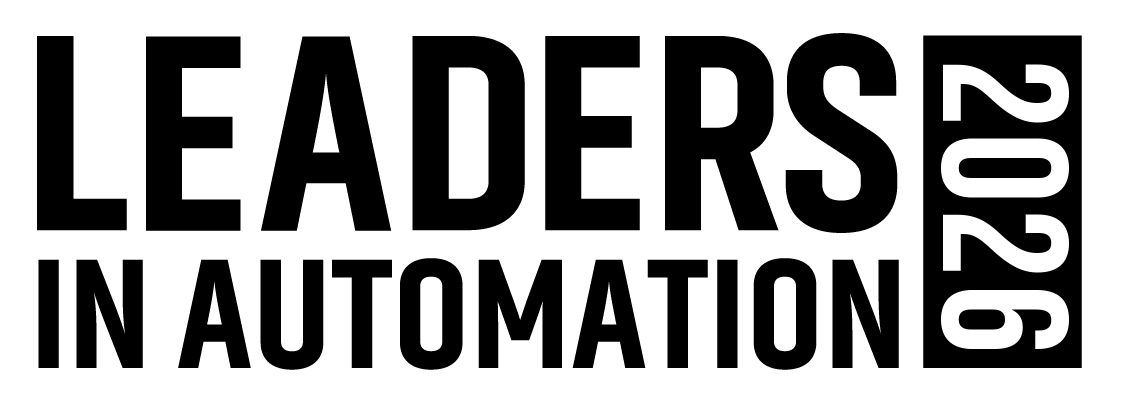Scalable, Printed CMOS Memory Enables Internet of Things
The most recent example is David Greenfield’s article, which can be found on the re-launched Automation World Web site (http://bit.ly/awfeat_052).
Now comes news of a new technology that should greatly expand the potential for connecting “things.” ThinFilm Electronics ASA, together with PARC, a Xerox company famous for developing the graphical user interface for computers, announced they have produced a working prototype of what they say is the world’s first printed non-volatile memory device addressed with complementary organic circuits, the organic equivalent of CMOS circuitry (complementary-symmetry metal oxide semiconductor).
“Thinfilm addressable memory” (www.thinfilm.se) combines Thinfilm’s polymer-based memory technology with PARC’s transistor technology using complementary pairs of n-type and p-type transistors to construct the circuits. The addition of the integrated circuits makes the roll-to-roll printed Thinfilm memory-addressable by printable logic.
The demonstration of Thinfilm’s Addressable Memory system is a significant step toward the vision of a world filled with the “Internet of things,” where everything is connected via a smart tag. These smart tags require the commercial availability of devices that:
• have rewritable memory,
• are low cost,
• support integration with sensors and other electronic components,
• are environmentally friendly,
• and can be produced using high volume, roll-to-roll printing.
“This milestone is an important step toward a new generation of electronics that will include the prospect of inexpensive memory everywhere,” said Ross Bringans, vice president of PARC Electronic Materials and Devices Laboratory. “We’re partnering with Thinfilm because they have shown that they can deliver a scalable, commercially viable version of this memory that will change the way people interact with the world.”
“We have demonstrated that one can address an array of memory cells using printed logic. This opens up new fields of use, as now addressable memory can be combined with sensors, power sources and antennas to power smart applications,” said Davor Sutija, Thinfilm CEO. “This prototype is a demonstration that low-cost printed integrated systems and the tagging of everyday objects is possible, enabling Thinfilm’s vision of ‘memory everywhere’.”
System products are integrated systems that combine Thinfilm’s memory technology with other printed components. The target markets for Thinfilm Addressable Memory system products include NFC (Near Field Communications) tags, now available in Android phones, which enable device-to-device communication and have been predicted to, one day, be on all new objects. Thinfilm also targets sensor tags and disposable price labels.
Addressable memory can be integrated with other printed components, such as antennas and sensors, to create fully printed systems for interaction with everyday objects and the “Internet of things” where the temperature of food and drugs are monitored or retail items are tracked individually rather than by pallet, container or truckload with a simple tap of a NFC enabled phone.
Gary Mintchell, [email protected], is Co-founder and Editor in Chief of Automation World.
